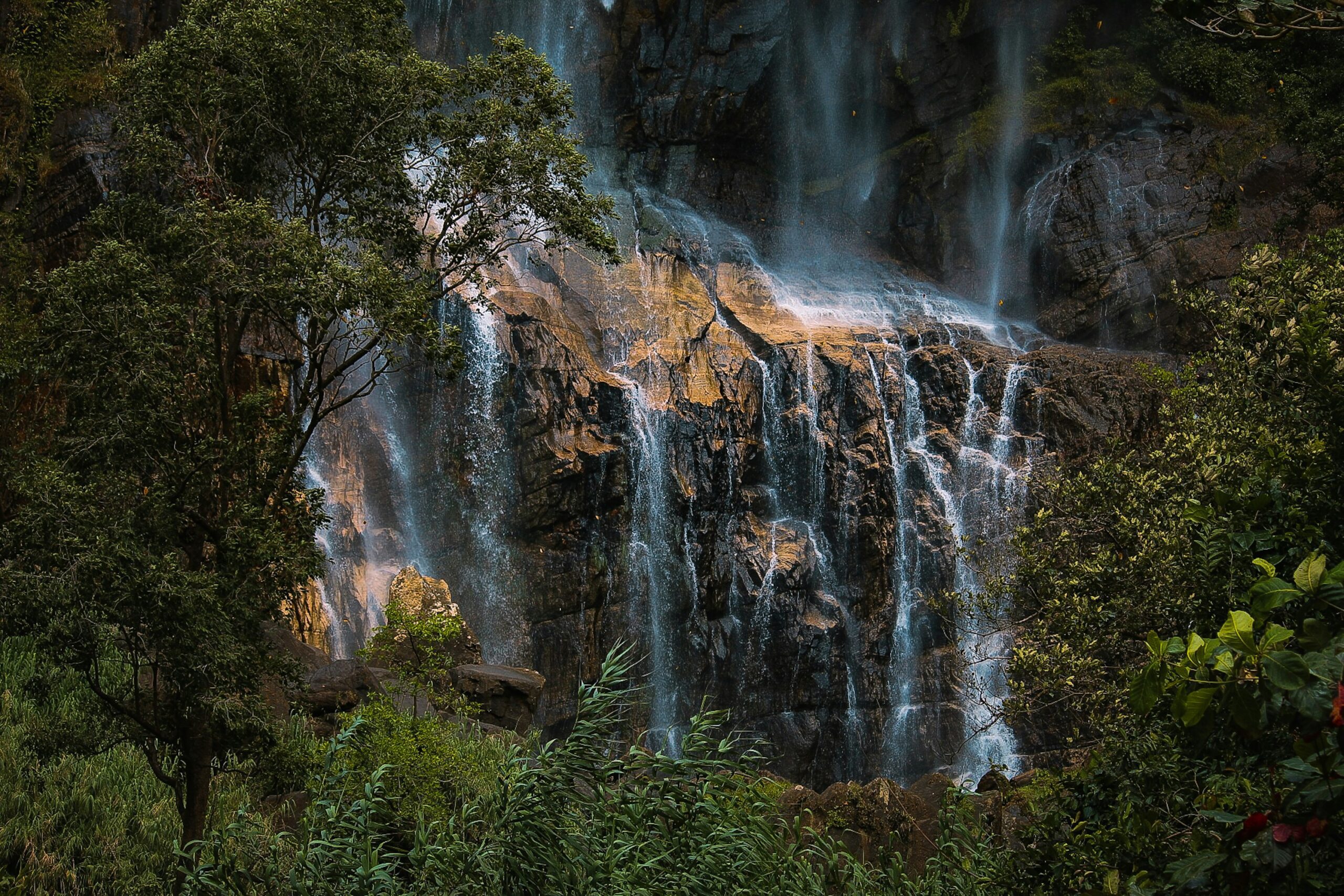

Introduction to the beauty of nature’s colors and patterns
Step outside and take a moment to look around. The world is alive with color, from the bright yellows of sunflowers swaying in the breeze to the deep blues of an endless sky. Nature’s palette offers a stunning array of hues and patterns that captivate our senses and inspire creativity. These vibrant shades are more than just eye candy; they evoke emotions, tell stories, and influence our daily lives.
Whether it’s the intricate designs found on butterfly wings or the rich textures of tree bark, nature has an incredible way of showcasing beauty through diversity. As we delve deeper into this kaleidoscope of colors, we’ll explore how these natural wonders shape not only art but also design, branding, and even our own feelings. Join me on this journey as we uncover how embracing nature’s palette can lead to a richer experience in life itself.
The science behind color and pattern perception
Color and pattern perception is a fascinating interplay between biology and psychology. Our eyes detect light waves, which our brains then interpret as colors. This process involves specialized cells known as cones that are sensitive to different wavelengths.
Patterns engage us on another level. The human brain is wired to recognize patterns quickly. Early humans relied on this ability for survival—spotting predators or identifying edible plants often depended on recognizing visual cues.
The emotional impact of color is profound too. Warm hues like red can evoke excitement, while cool tones such as blue promote calmness. Patterns add texture to these feelings, whether it’s the swirling designs in nature or the intricate arrangements found in art.
Together, they shape our perceptions and experiences daily, silently influencing decisions from what we wear to how we decorate our spaces.
The role of colors and patterns in human emotions and behavior
Colors and patterns play a significant role in shaping our emotions. Bright hues like yellow can evoke feelings of joy, while blues often bring about calmness. Each shade carries its own energy, influencing our mood without us even realizing it.
Patterns also have a profound impact on how we perceive the world. Stripes can suggest movement and direction, while floral designs may invoke feelings of nostalgia or warmth. The complexity or simplicity of a pattern can affect our state of mind too.
Interestingly, certain combinations resonate differently with individuals based on their experiences and cultural backgrounds. This personal connection to colors and patterns makes them powerful tools for expression.
Our surroundings are enriched by these visual elements, affecting everything from productivity levels to relaxation at home. By understanding this interplay between color, pattern, and emotion, we gain insight into how they shape our behavior daily.
How nature inspires art, fashion, and design
Nature has an incredible way of sparking creativity. Artists often turn to the great outdoors for inspiration, capturing landscapes, flora, and fauna in their work. The colors found in a sunset or the intricate patterns on leaves can ignite new ideas.
Fashion designers frequently look to nature’s bounty as well. Floral prints and earthy tones dominate runways season after season. The textures of natural materials, like silk or cotton, draw from elements like water and wind.
In design, biophilic principles are gaining popularity. Incorporating greenery into spaces not only enhances aesthetics but also improves well-being. Patterns inspired by waves or tree bark make interiors feel alive.
The fusion of nature with art creates a dialogue between humanity and the environment. Each brushstroke and stitch reflects our connection to the world around us. Through this lens, we discover endless possibilities for expression drawn directly from Mother Nature’s palette.
The use of natural colors and patterns in marketing and branding
Natural colors and patterns have a profound impact on marketing and branding. Companies increasingly recognize the power of these elements to convey authenticity and connection to nature.
Earthy tones like greens, browns, and blues foster trust. They evoke feelings of calmness and reliability. Brands that incorporate these hues often appeal to eco-conscious consumers seeking sustainability.
Patterns inspired by nature—think leaves, wood grains, or animal prints—add texture and depth to designs. They can create a sense of movement or tranquility in visual communications.
Using natural aesthetics also allows brands to tell stories about their origins. It connects products with their environment, enhancing emotional resonance with potential customers.
In today’s competitive landscape, brands that embrace this approach stand out as genuine. This strategy not only attracts attention but also builds lasting relationships grounded in shared values.
Conclusion: Embracing nature’s palette for a more vibrant life
Embracing nature’s palette opens up a world of vibrant possibilities. The rich colors and intricate patterns found in our surroundings can ignite creativity and inspire every aspect of our lives. Nature not only captivates us visually but also influences our emotions, behaviors, and choices.
By incorporating these elements into art, fashion, and design, we can create spaces that resonate with authenticity. Think about how the hues of a sunset or the delicate patterns on leaves can evoke warmth or tranquility. These experiences serve as reminders to appreciate the beauty around us.
In marketing and branding, leveraging natural colors makes products more relatable. Consumers are drawn to what feels genuine and grounded in reality. Brands that reflect these elements often foster deeper connections with their audience.
Immersing ourselves in nature’s vibrant palette enriches our daily lives. It invites us to explore new perspectives while celebrating the extraordinary details all around us. With each splash of color or pattern we encounter outdoors, we’re reminded that inspiration is always just a step away.
